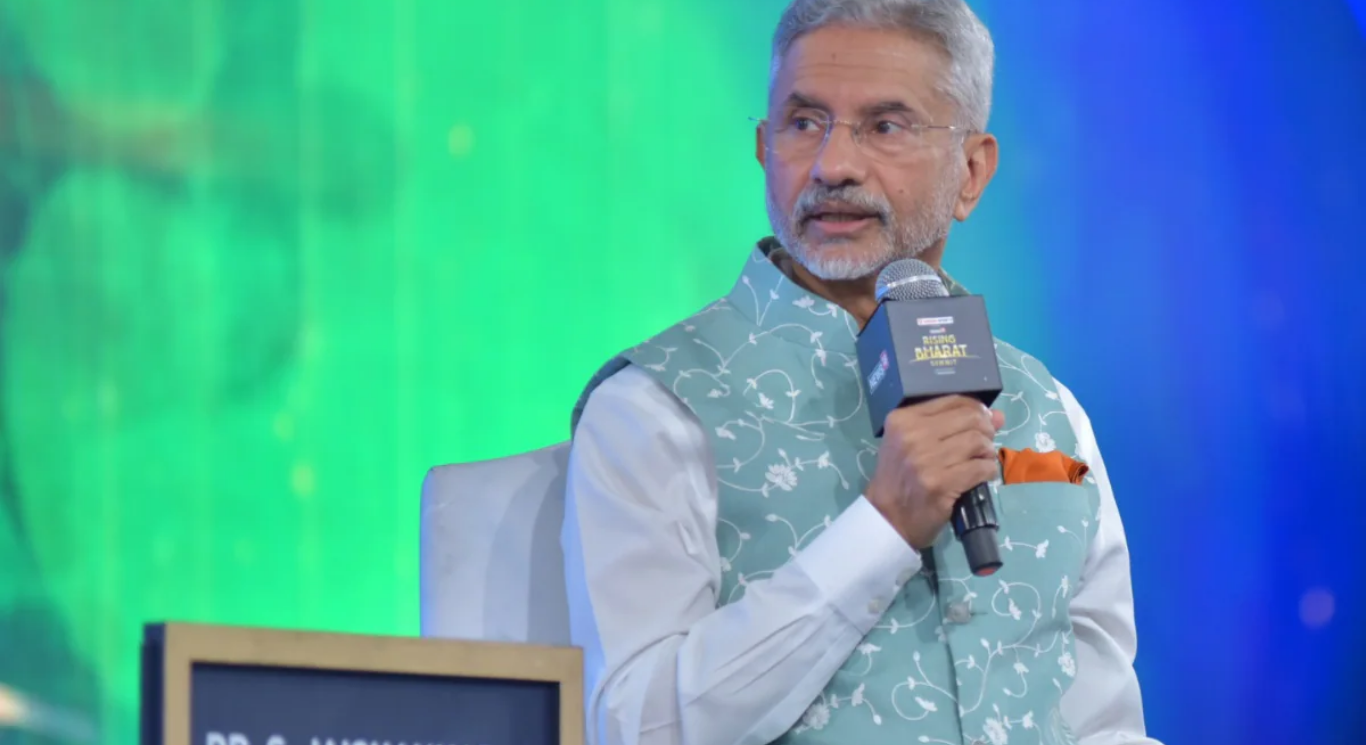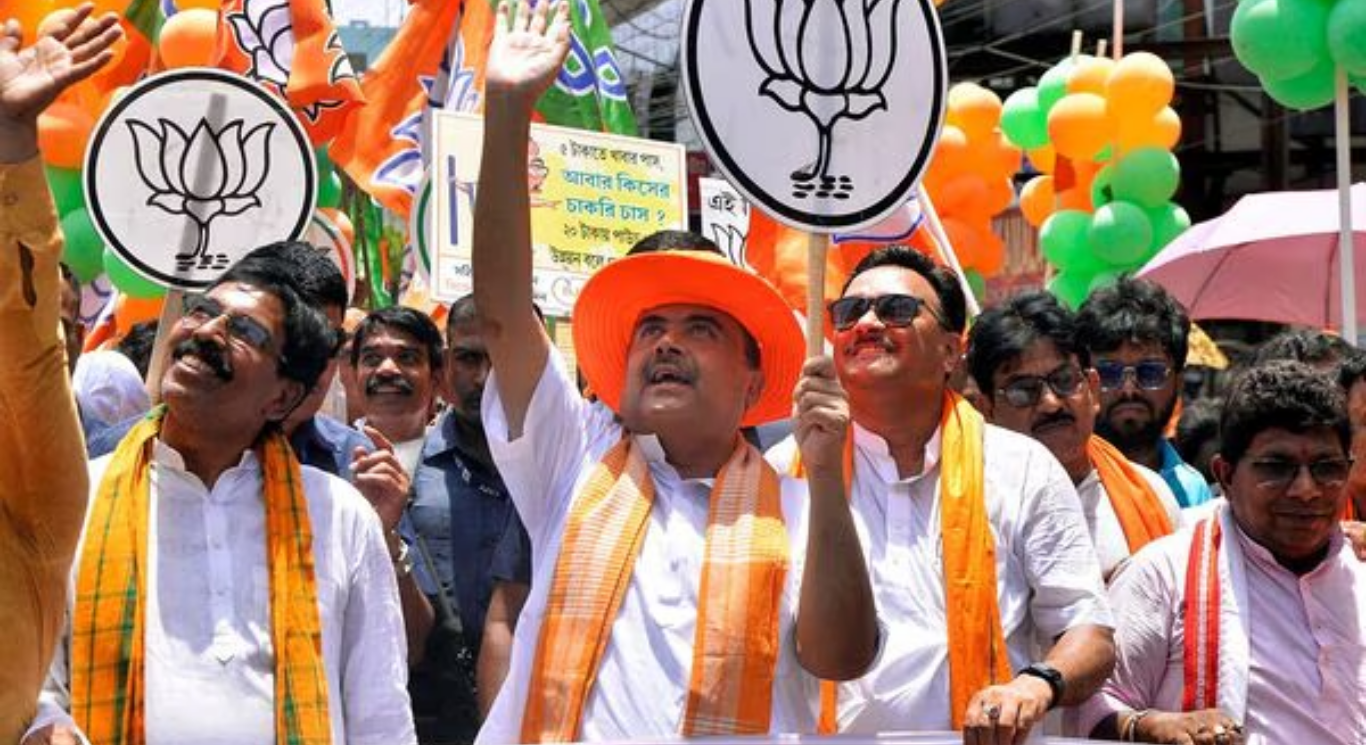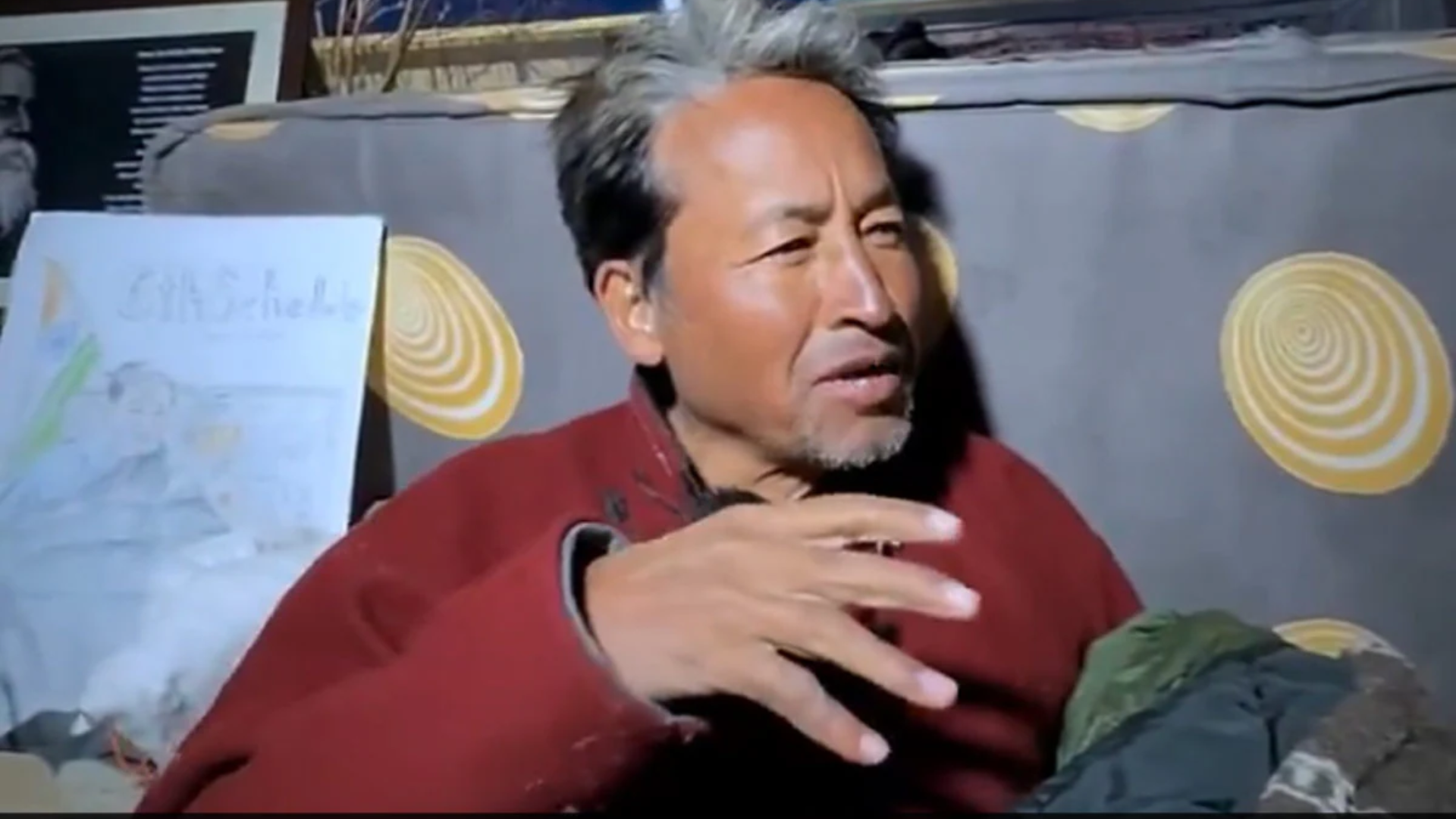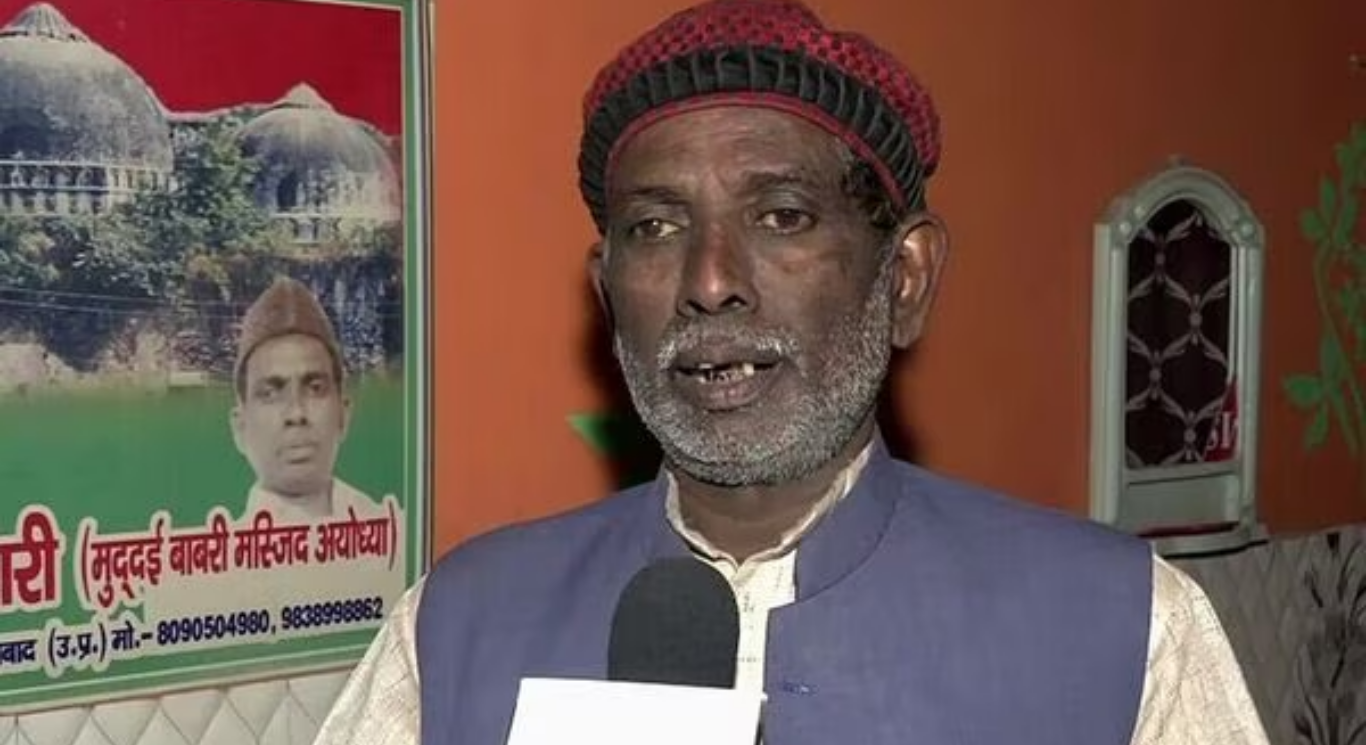










Ladakh Protests:Climate activist Sonam Wangchuk’s Fast Unto Death
Famous climate activist and innovator Sonam Wanchuk has been on a hunger strike for two weeks in Ladakh’s capital, Leh. A sense of betrayal and anger is visible on the chilly streets of Leh.
Mr. Wangchuk is continuously asking for the implications of the Sixth Schedule under Article 244 of the Indian Constitution to safeguard the Union Territory of Ladakh and the preservation of ecologically fragile Ladakh’s ecosystem from industrial and mining lobbies. Wangchuk is joined by numerous locals who aim to prompt the Indian Government to fulfill its commitments to protecting Ladakh’s environment and preserving its tribal indigenous culture.
Article 244 of the Indian Constitution outlines the Sixth Schedule, which establishes autonomous administrative regions known as Autonomous District Councils (ADCs). These councils have autonomy in legislative, judicial, and administrative affairs within a state. They consist of up to 30 members serving five-year terms and have the authority to enact laws concerning various areas such as land, forests, water, agriculture, village councils, health, sanitation, and local policing at the village and town levels.
Mr. Wangchuk wrote on X, “250 people slept hungry in -12°C to safeguard Ladakh’s land, environment and tribal indigenous culture. Our nomads are losing prime pasture land to huge Indian industrial plants to the south & Chinese encroachment to the north. To show the ground reality, we’re planning a Border March of 10,000 Ladakhi shepherds and farmers soon.”
Wangchuk commenced his protest on March 6 in Leh, Ladakh, addressing a gathering of hundreds at an altitude of 3,500 meters. He announced that his protest would occur in successive stages, each lasting 21 days.
Why are people in Ladakh protesting ?
After the abrogation of Article 370 and enactment of Jammu and Kashmir Reorganization Act,2019, Ladakh was recognized as a separate Union Territory but without any legislature.
Earlier this month, speaking from Leh, he emphasized two appeals in his speech before the protest: urging everyone to adopt simpler lifestyles and directly urging the government to honor its commitment to incorporate Ladakh into the Sixth Schedule of the Constitution and grant statehood to the region, as reported by the Indian Express.
“After many meetings, the government has backtracked on its promises and is talking of a much diluted version of what is already in the Constitution for this exact situation. So what happened and why did they change their minds?,”
Wangchuk pointed out that the BJP government has mentioned the protection of Ladakh under the sixth schedule in their manifestos for the 2019 Lok Sabha polls and 2020 Ladakh Council polls.
Wangchuk further said: “People in Ladakh are disillusioned and feel they have been taken for a ride. I can only say that they (the BJP) only think about elections and how many seats they can get, but forget about people,”.
He added, “The BJP has promised — not once but twice — that our demands will be met. It was one of their poll promises. They promised us that they would protect the identity of Ladakh under the sixth schedule. But sadly, promises have not been kept. Ladakh has no democratic representation.”
The protest follows discussions between Ladakhi leaders and the Central government to thoroughly discuss demands for Ladakh’s statehood, its inclusion in the Sixth Schedule of the Constitution, and the establishment of a dedicated public service commission for the region’s high-altitude areas. However, these discussions have yet to reach a conclusive outcome.









